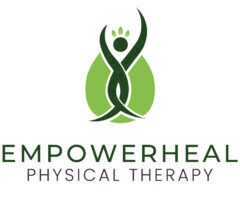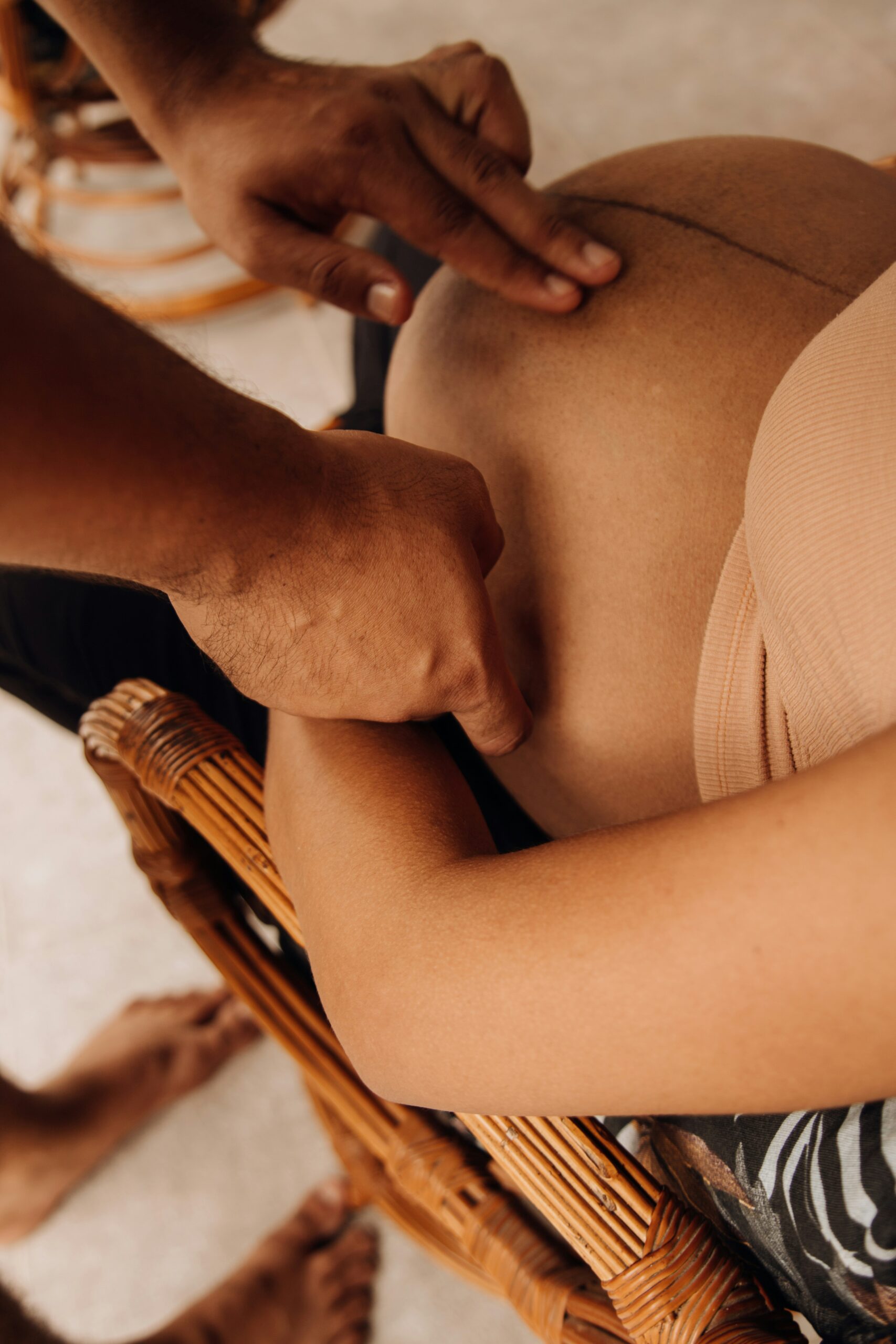Giving birth is one of life’s most profound experiences, and the positions you choose during labor can make a big difference in your comfort, the progression of labor, and even the birth outcome. While many people picture laboring and delivering lying flat on a hospital bed, the truth is there are many options — and finding what feels best for you is key.
In this blog, we’ll explore common labor and birthing positions, their benefits, and tips for trying them during your birth. Whether you’re planning a hospital birth, birthing center delivery, or home birth, understanding your options can empower you to have a more positive and comfortable experience.
Common labor and birthing positions:
Lying on back:
Pros: Giving birth on your back offers several advantages, especially in a medical setting. It provides healthcare providers with easy access to monitor both mother and baby closely and to assist with the delivery if needed. This position is particularly helpful when medical interventions like epidurals, fetal monitoring, or assisted deliveries (such as forceps or vacuum) are required. Additionally, lying on your back allows you to rest during labor, which can be important if you’re tired or have received pain relief. The stable, supported surface of a bed or birthing table also offers comfort and security, making it easier to manage complications if they arise.
Cons:
This position can reduce the size of the pelvic opening, making it harder for the baby to descend and potentially slowing labor progress. Additionally, lying flat can put pressure on major blood vessels, such as the inferior vena cava, which may decrease blood flow to both mother and baby, sometimes causing dizziness or low blood pressure. Many people also find this position increases pressure on the lower back and tailbone, leading to greater discomfort during contractions and pushing.
So what are some alternate labor and birthing positions?
Changing positions throughout labor can also relieve muscle tension and help you cope with contractions more effectively. It can also help you in the progression of labor, reduce tearing chances and the chances of needing an epidural.
Squatting
Squatting opens the pelvis to its widest angle, giving your baby plenty of room. You can squat with support from a partner or a bar.
Hands-and-Knees
This position relieves back pain, reduces pressure on the perineum, and can help rotate a baby who is in a less favorable position.
Sidelying
It’s a great option for resting during labor or if you’re feeling tired, as it allows you to conserve energy. Side-lying also reduces pressure on the perineum, which may lower the risk of tearing. Additionally, this position can slow down a very rapid labor if needed, providing more control over the birthing process.
Standing
Moving and standing upright helps gravity assist the baby’s descent and can shorten labor. Walking also offers distraction and pain relief.
Sitting on a Birthing Stool or Chair
The open pelvic angle when sitting on a stool increases the space available for the baby to pass through, potentially making delivery easier. It also encourages better posture and can reduce back pain by relieving pressure on the lower back
Physical Therapy and Labor Positions
Physical therapy can help prepare your body for labor. Pelvic floor exercises, hip stretches, and posture training increase flexibility and strength, making it easier to adopt various labor positions. Physical therapists also teach breathing and relaxation techniques to manage pain during labor.
There’s no “right” way to labor or give birth — it’s about what works best for you and your baby. Exploring different positions, staying active, and being supported can transform your birth experience from challenging to empowering.
If you are looking to get help for your ongoing pregnancy or you are postpartum, click below to know more about our pregnancy and postparttum services.
We specialize in physical therapy to prepare you for labor and birthing. We discuss your pregnancy, birthing positions which best fits your body and baby.

